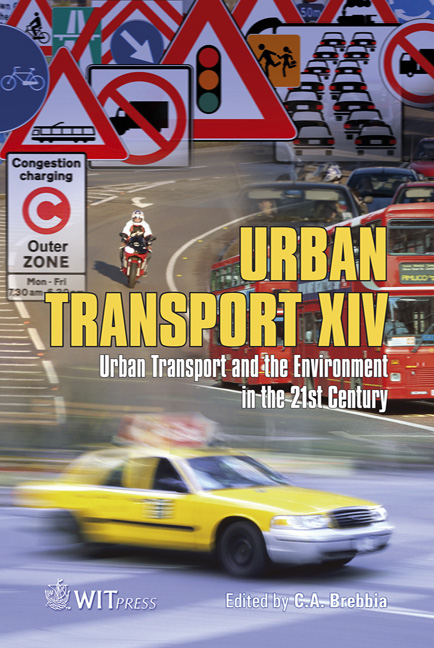Positioning A Traffic Congestion Management Plan Within South African Planning
Price
Free (open access)
Transaction
Volume
101
Pages
11
Page Range
25 - 35
Published
2008
Size
322 kb
Paper DOI
10.2495/UT080031
Copyright
WIT Press
Author(s)
W. Heyns & C. B. Schoeman
Abstract
With traffic congestion acknowledged to be a major problem in our cities, much thought has been given to the introduction of measures capable of managing and/or alleviating its occurrence. It is, however, neither desirable to focus on a strictly sectoral approach to implementing such measures, nor is it sustainable to implement a variety of measures on a piecemeal basis. In addressing the strictly sectoral application of measures, Integrated Development Plans (IDPs) have the scope to integrate supply, demand and land-use management measures as they have a strategic position within regional planning that co-ordinates and aligns many sectoral functions at local and district level. Whilst the South African IDP provides a framework to develop potentially highly integrated strategies it lacks a direct mechanism to manage traffic congestion as part of the IDP process. To this end this paper reports the results of a recent study highlighting the need to develop a Traffic Congestion Management Plan (TCMP) as a component of the South African IDP process to focus sectoral integration and alignment more directly in the management of traffic congestion in a sustainable manner. Keywords: congestion management, transport, sustainable development. 1 Introduction We can no longer deal with traffic congestion problems by implementing Transport Demand Management (TDM), Transport Supply Management (TSM), and Land-Use Management (LUM) measures on a piecemeal basis in order to address traffic congestion. These measures must be integrated to ensure that the synergy between them creates a sustainable outcome. Geerlings and Stead [1]
Keywords
congestion management, transport, sustainable development.





